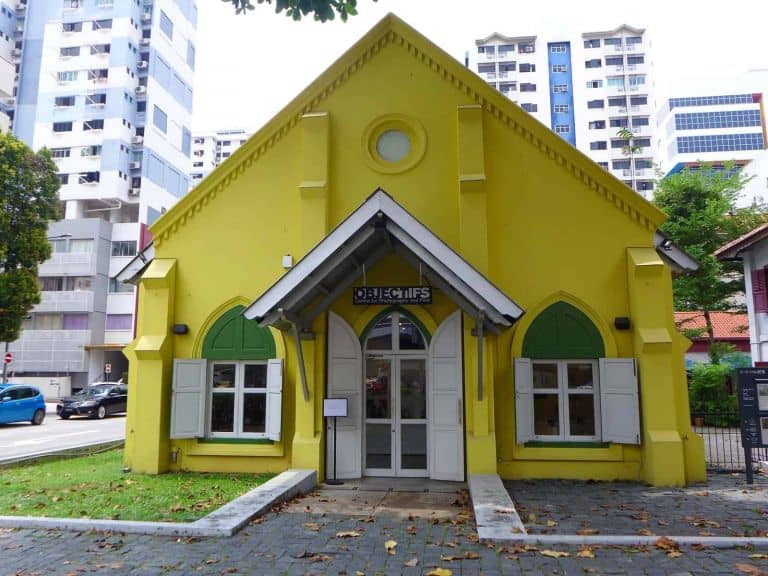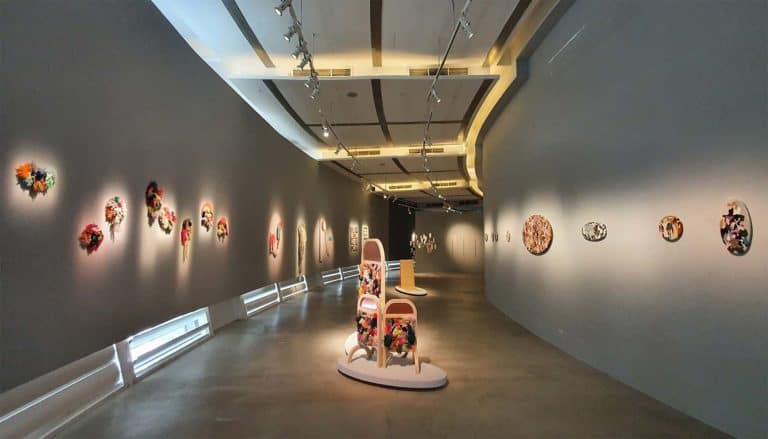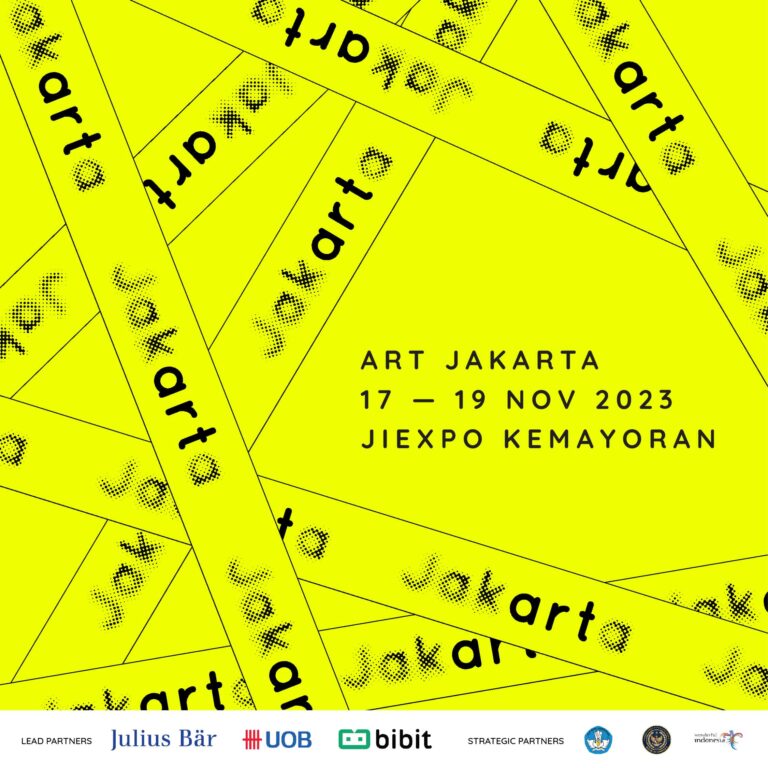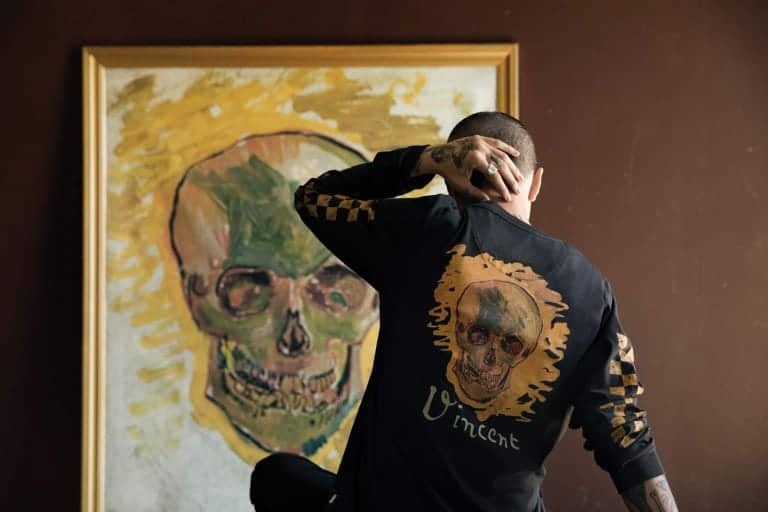Rituals. dirt. scars. obsolete locations. and latex.
These seemingly random words are my quick and dirty take on the offerings at the President’s Young Talents 2018 exhibition, on at SAM at 8Q till the 27th of this month. Featuring newly-commisioned works by five local contemporary artists, Yanyun Chen, Weixin Quek Chong, Debbie Ding, Hilmi Johandi and Zarina Muhammad, the show recognises promising Singaporean artists aged 35 and below, whose practices chart new dimensions in contemporary art.

A point of particular pride of the PYT’s is that it is the only mentoring, commissioning and award programme in Singapore. Established curators, artists and practitioners David Chan, Grace Tan, Zaki Razak, Roger Nelson, and Jason Wee acted as mentors to this year’s chosen artists. To a young emerging artist, the opportunity to be guided by an experienced and established mentor who is able to offer insight, encouragement and support, can be invaluable. Some of this year’s mentors were nominees themselves, in previous PYT editions, including Grace Tan (Weixin Quek Chong’s mentor) and Zaki Razak (Debbie Ding’s mentor). This effort to seek out synergy and foster collaboration within the artistic community in Singapore is laudable and I am curious whether it will ignite a spark that spreads beyond the the PYT program itself, out into the wider art ecosystem
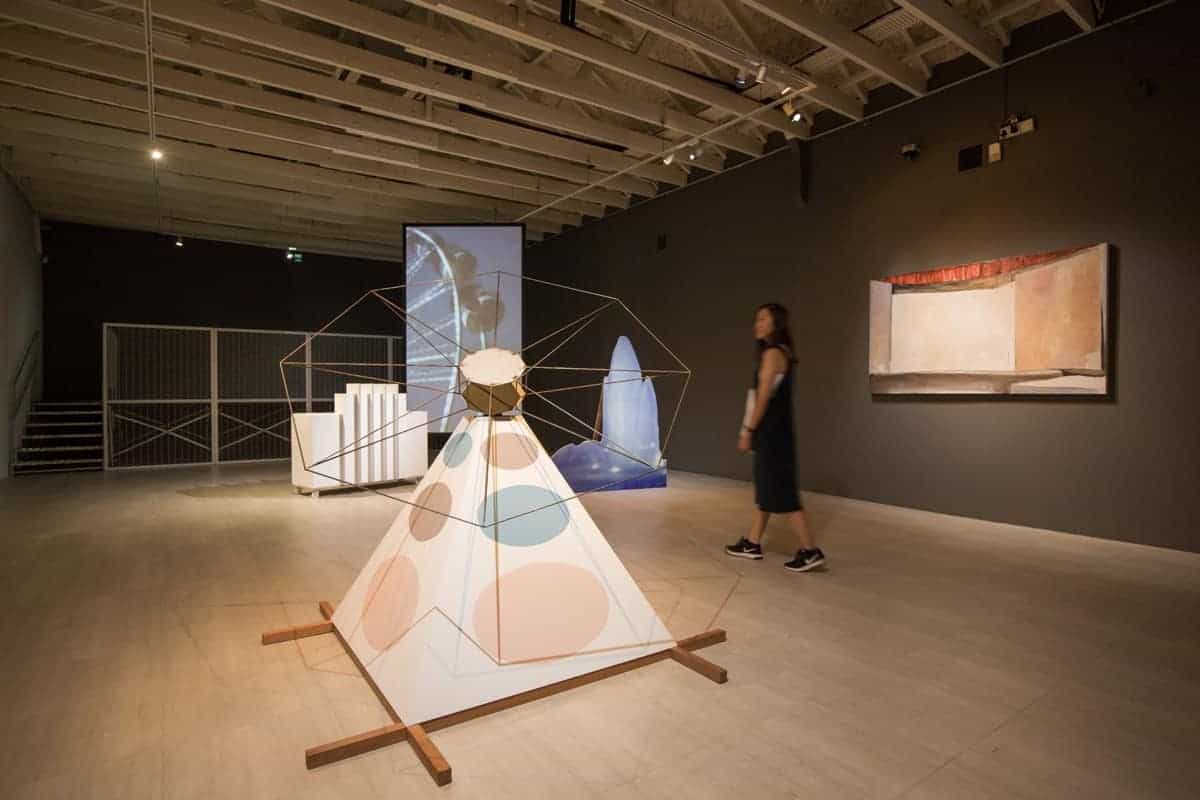
Hilmi Johandi’s work, An Exposition, attests to the strength of the PYT programme in providing opportunities for artistic experimentation. Taking themes that he has always been interested in to fresh, new and exciting levels, Hilmi’s installation takes us back to Singapore’s now-defunct amusement parks, Great World and its sister operations, New World and Gay World, through fragments of material and memory. An installation such as this is relatively new in Johandi’s practice, taking him beyond two-dimensional painting to other mediums and modes of expression that he is only just beginning to explore. It is the physically immersive aspect of the installation that makes this presentation by Johandi especially intriguing – there is a raised platform at the end of the gallery that allows you to look down on to the exhibition space in a voyeuristic way, much like how a stage-hand might view a scene from backstage. Indeed, the installation does seem to be like a deconstructed stage set, allowing the viewer, through a series of decontextualised signs and symbols, to engage with a memory of Singapore from a bygone era.
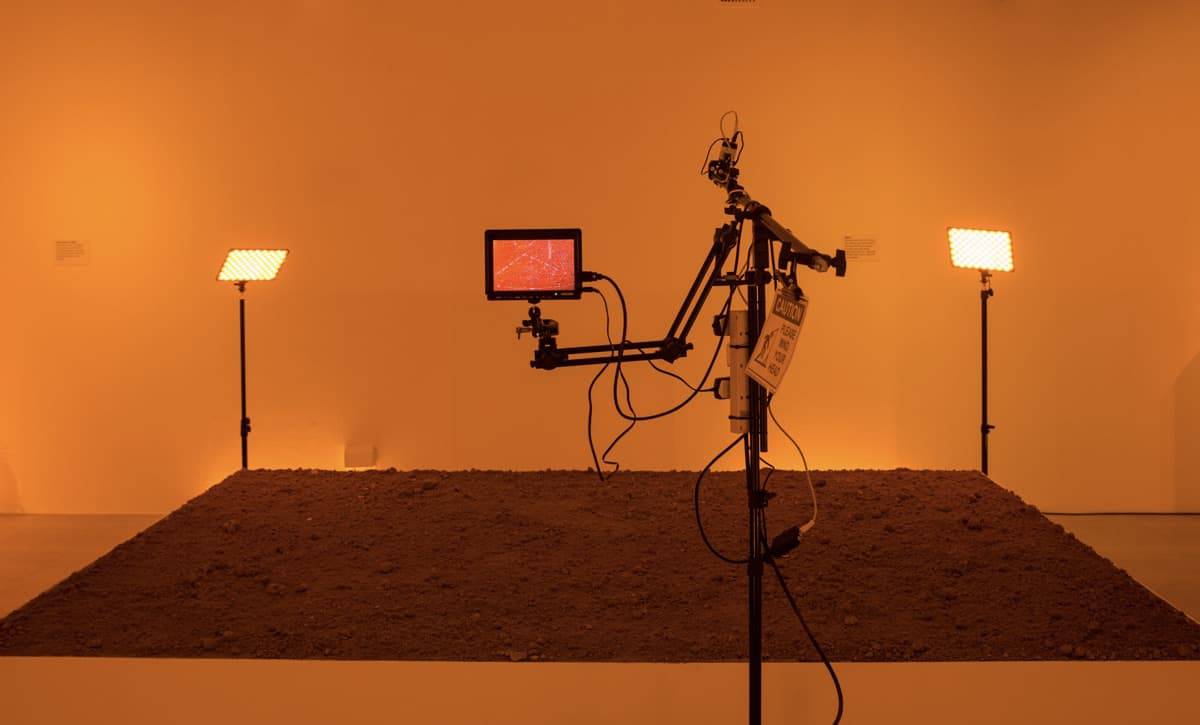
Here in Singapore, there are certain aspects of life that we curate out of our experience; parts of ourselves which we reject – such as the ‘icky and dirty’ side to our ‘clean and green’ city. Debbie Ding, however, digs right into the dirt of Singapore with her 5-part installation, Soil Works. Here, the artist takes a forensic approach to her investigation of soil, using samples taken from public spaces in Singapore that are often overlooked or unnoticed. There is something slightly disturbing about our nation’s efforts to sanitize and sterilize everything, a denial and a rejection of anything vaguely unsavoury or unsanitary, a papering over of our flaws. Ding’s investigations ‘into soil in Singapore and its visibility and invisibility’ is perhaps an effort to uncover and bring these things to light.
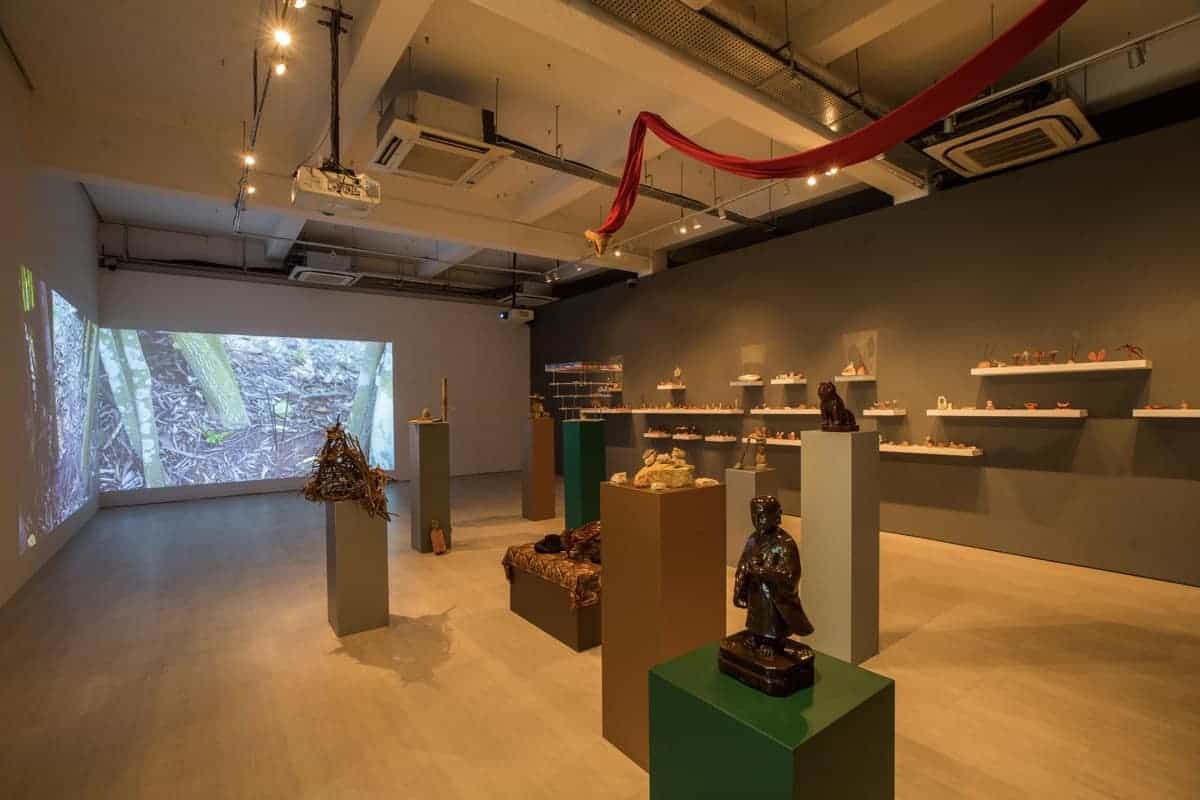
Zarina Muhammad has always been particularly interested in the occult and the spiritual, in anthropomorphic entities and deities, magico-religious belief systems, ritualistic ceremonies and sacred sites. She brings this interest into her commissioned work for PYT, titled Pragmatic Prayers for the Kala at the Threshold, her stated aim being to ‘disrupt and irrupt time and move beyond the single narrative of place’. The gallery space is divided into three realms – the hills, land and sea – serving to represent Bukit Larangan, Bras Basah and Kallang and the coastal areas of Singapore, respectively. Using a selection of of material objects and a diversity of modes of presentation, the artist reflects and responds to the history, culture and memories of the various zones, moving fluidly in the intersections between the worlds of the otherworldly, the invisible as well as the material. Special compliments go to the video component – the footage is captivating, intelligent and empathetic in both its message and delivery.

I felt very self conscious, inferior. I hid it like an ostrich; if no one sees, no one asks.
Yanyun Chen is the People’s Choice award winner for PYT 2018, for her installation, The scars that write us. To make the work, the artist approached close friends and family members and asked them to share an image of any keloid scars they might bear, along with a statement expressing how they feel about their scars. Keloid scars look like a puckered, protruding heap of skin, usually irregular in shape. They are quite distinct, not always attractive, and I confess that I have sometimes caught myself inadvertently staring, when I spot them on someone.
The installation is housed in a quiet, darkened gallery space and Chen’s different representations of the body, its scars and the feelings of those who bear them unfold in stages as the viewer walks through the space, evoking a feeling of anticipation, curiosity and uncertainty. The work invites contemplation and is likely to resonate with almost anyone as we all bear scars of our own, whether they be physical ones or invisible wounds to our hearts and minds. It is hardly surprising that this lovely, evocative work emerged as the People’s Choice.

Chen wore her own keloid scar unabashedly on the day that I visited, almost like a statement piece of jewellery. She made me realise that this work is more about how we wear our scars, rather than about scars themselves.
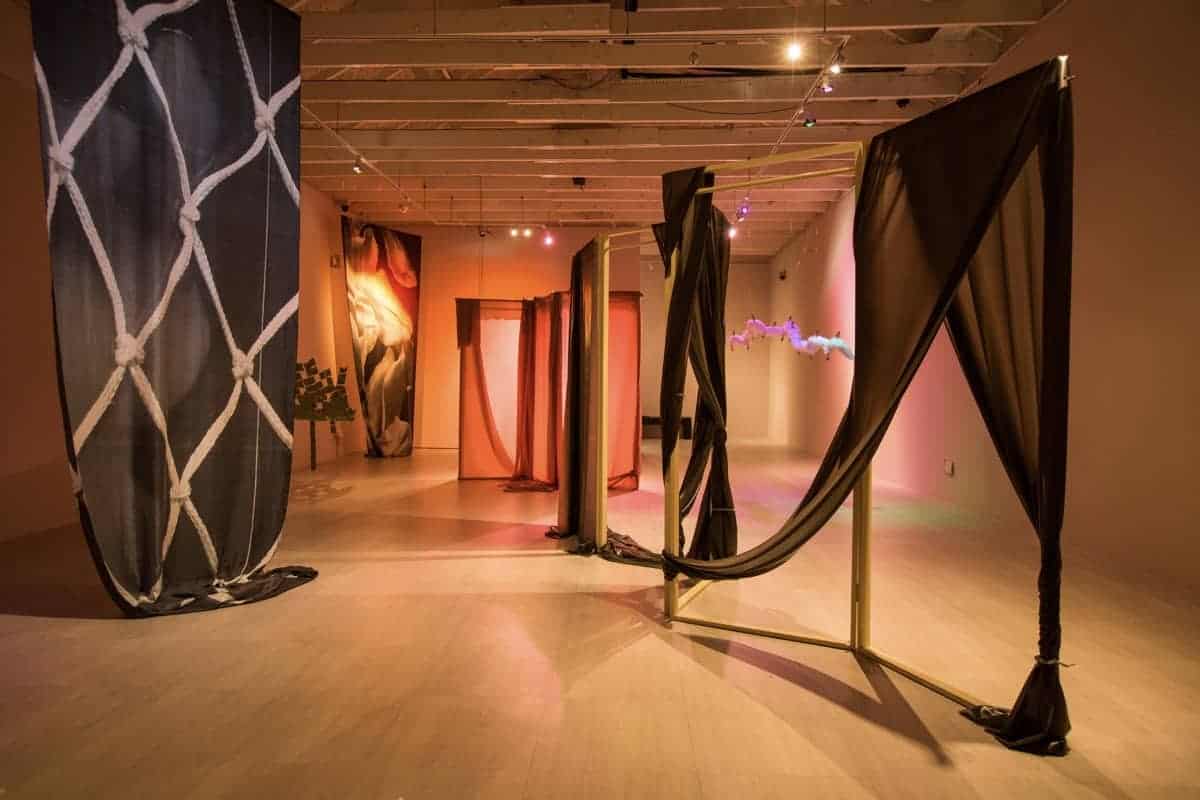
As most of you probably know by now, the winner of this year’s President’s Young Talents award is Weixin Quek Chong! We can’t help but feel a little proud, as she’s always been a favourite of Plural’s – she made our list of Six Young Singapore Artists We Love way back in 2017 and we featured her again in 2018, speaking about her distinctive, impossible-to-emulate-though-we-wish-we-could personal style here.
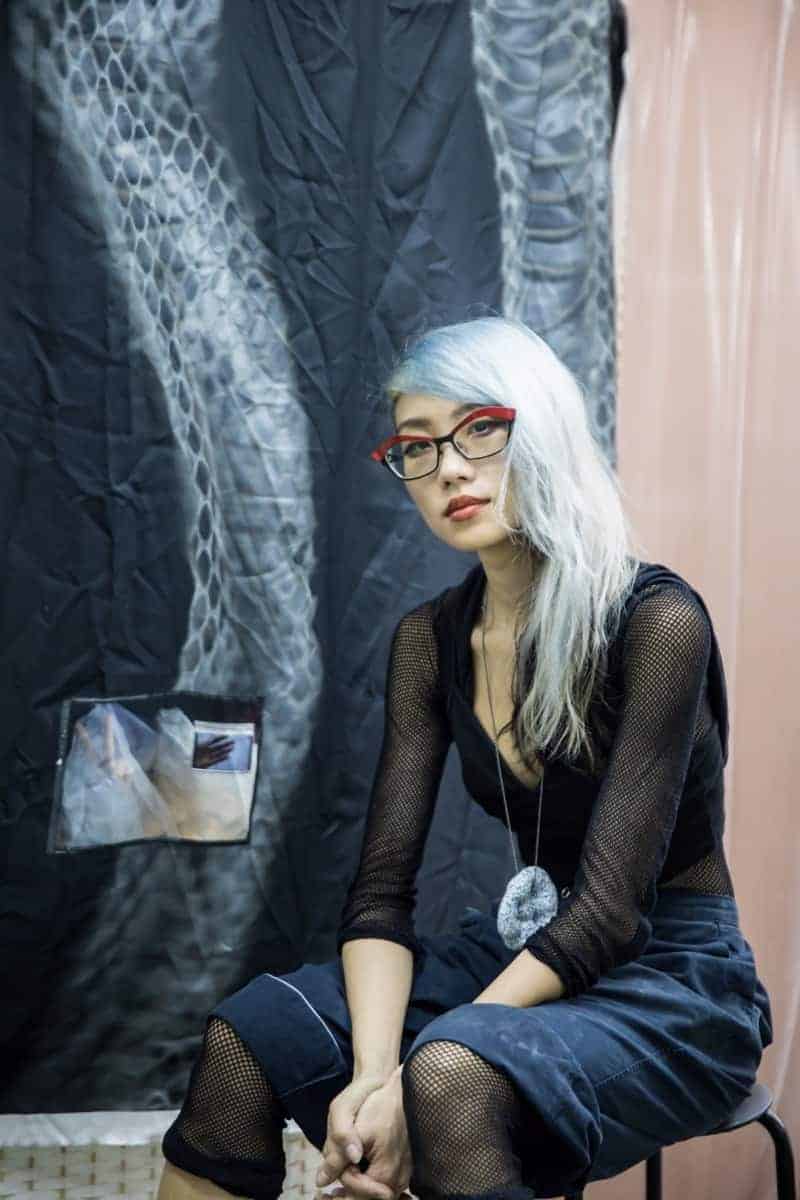
sft crsh ctrl is not a work that one thinks about, but rather one that one feels and experiences, without preconceived notions and without attempting to process it intellectually or rationally. The artist is adamant that her installation, with its latex drapes, feather boas, furry stoles, odd snatches of soundbites, coloured lighting and other multi-sensory content, should be quite free of too many textual suggestions and cues. The work immerses the viewer in unexpected sights, sounds and sensations that evade logic and challenge our understanding and expectation of the materials used. It’s a work to be experienced in person, rather than read or told about – so if you haven’t yet visited the President’s Young Talents 2018 exhibition, go check it out for yourselves. Meanwhile, here’s a short video clip to serve as a teaser.
If you’re interested in the Singapore art scene, the President’s Young Talents programme has always been an especially effective way of tuning into what some of Singapore’s most exciting young artists are thinking about right now and this edition is no exception.







